A Michigan company has set its sights on promoting wireless power, and suggests the technology could quickly find its way into devices like the iPhone.
What is new is the idea of setting an industry standard for wireless recharging, a concept that Fulton Innovations calls eCoupled Technology. The company compares the concept with standardized wireless networking, which has been codified under the WiFi brand to allow different hardware makers to develop interoperable devices.
With its eCoupled Technology, which racked up 20 new patents granted in 2007, multiple devices could use the same recharging station, cleaning up the mess of different cables and power adapters used by different mobile phones, MP3 players, power tools, and other devices.
Inductive coupling bridges the gap between the recharging station and a device placed on it using a magnetic field that transfers power between coils in each. Most recharging stations, such as those used by the iPod and iPhone, have direct metal contacts to transfer electrical power to their internal batteries.
The advantage to eCoupled Technology is simplicity and interoperability. The drawback is that it's less efficient and only supplies electrical power. Apple's Dock connector cables not only deliver electrical power, but also transmit audio and video output and synchronize data and media files using standard USB signals.
The technology to wirelessly synchronize and output digital data over WiFi isn't quite practical yet. As noted in the article Exploring Time Capsule: theoretical speed vs practical throughput, 802.11b/g WiFi transmits data around 3 MB/sec in ideal conditions, while USB can sync over a wire at least ten times faster, at 30MB/sec or greater.
Nonstop wireless data transmissions such as a synchronizing large media files also tax the batteries of mobile devices. Paired with the slower wireless recharging of inductive coupling, the idea of living entirely without wires still appears to be a few years out.
However, eCoupling should make progress as WiFi and battery technologies also improve. For other devices without any need data synchronization, the new technology offers a more immediate potential to greatly simplify the number of unique battery chargers consumers will need to recharge their various wireless tools and other devices.
Additionally, the inclusion of eCoupling technology in mobile devices could open up the potential for wireless public recharging stations, even for devices that also use wired connections like Apple's Dock connector-equipped mobile devices.
Adding support for inductive charging is relatively low, Dave Baarman, Fulton's director of advanced technologies, recently told the The Grand Rapids Press. It only requires a charging coil about the size of a quarter, but thinner, and the supporting circuits and software. That additional expense could be made up for in lower warranty costs related to worn, corroded, or broken contacts on existing cables and connectors.
Fulton lists a number of partners hoping to apply the new technology, including German tool maker Bosch and office furniture maker Herman Miller, and notes some companies are already offering products that use it, including PC maker Lenovo.
Baarman said that other partners' names aren't being disclosed due to confidentiality agreements, although he recently demonstrated prototypes of devices using wireless charging ranging from a George Foreman Grill to Apple's iPhone.
Apple does not comment on unannounced products.
 Prince McLean
Prince McLean
-m.jpg)






 Oliver Haslam
Oliver Haslam
 Thomas Sibilly
Thomas Sibilly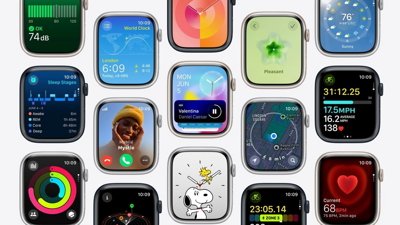
 Marko Zivkovic
Marko Zivkovic
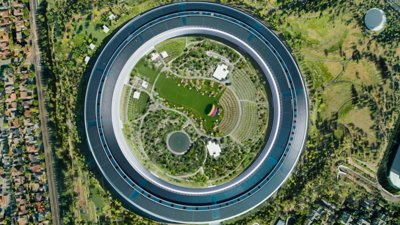
 Wesley Hilliard
Wesley Hilliard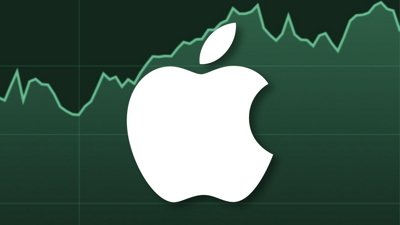
 Malcolm Owen
Malcolm Owen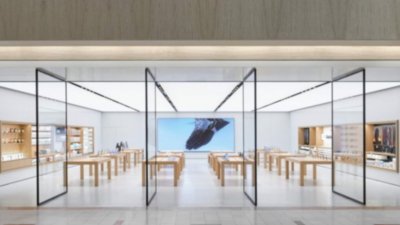
 Andrew Orr
Andrew Orr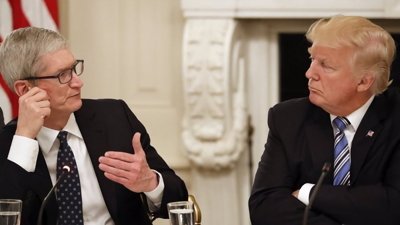

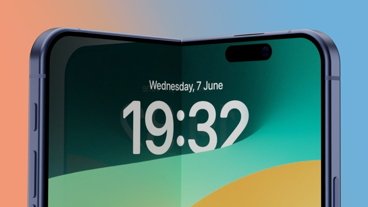

-m.jpg)






25 Comments
Regarding wireless syncing: that's why many of the next generation integrated circuits include USBOTG. The desktop hardware simply needs to have an adapter plugged into it's USB port or Express slot.
Putting aside the iPhone/iPod applications for a minute, I would love to see the laptops get charged like this using a docking pad, and also connect to them wirelessly for network, graphics, USB, Firewire, audio using the same 'docking' pad.
Exist now. They're called wall plugs. ;-)
Seriously, the idea of having enough distributed inductive coils planted around your average public spot with enough juice to run and charge a laptop is a bit out there. On the plus side you could likely heat up that metal commuter mug at the same time at SBUX as you work...
No junior, don't sit on the... OOPS!
I guess i understand why people are always hyped up about this.
Summary:
1) take longer to charge/sync (USB cables are 10x faster than bluetooth, and induction is slower than direct cable too)
2) waste electricity / bad for environment (induction is less effecient transfer, wifi uses more power to transmit data than wire)
3) still tethered (especially the wireless power stuff since it only works on very small distances)
Now just looking at #3, wtf is the point then? I guess if you are in a highly corrosive or water environment then you don't have to worry about cleaning metal contacts. But i know my house is not such an environment.
The tech is cool, and I await the day that this stuff makes sense to use.
Neat, gee-whiz technology, but I think it has limited niche appeal. Of course, this is useful where electric power is used near water, because of the perceived safety advantage. Most modern building codes require GFCI's in bathrooms and kitchens which render bare copper wires as safe as wireless power.
Wireless power from a distance would be game-changing!
Also, it's funny how the benefit of being able to charge multiple handheld devices simultaneously on a single pad is being touted as the trend started with the iPhone is to consolidate multiple devices into one. Wireless charging that requires close contact may be a technology whose time has past.
I imagine this technology would be very beneficial for the keyboard and mouse. As far as being "eco-friendly", it would definitely cut down on the amount of batteries that are thrown away. I know you can use rechargeable, but I'm pretty sure that group is a minority. (Although I wouldn't argue that to be true for the members of this forum).